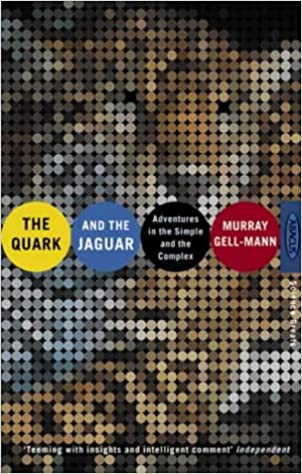
|
Murray Gell-MannThe Quark and the Jaguar267 |
Some Prescriptions for How to Escape into a Deeper Basin
Some of the suggestions for speeding upt the process of conceiving a creative idea fit in well with the pircture of using a controlled level of noise to avoid getting stuck in too shallow a basin of attraction. One can try to escape from the original basin by means of a random perturbation – for example Edward DeBono recommends trying to apply to a problem, whatever it is, the last noun on the front page of today’s bewspaper.
Another method is akin to brainstorming, which has been used throughout the postwar era. Here several people try to find a solution to a problem by meeting for a group discussion in which one is encouraged to build on someone else’s suggestion but not to attack it, no matter how bizarre it is. A crazy or self-contradictory proposal can represent an unstable state of thinking leading to a solution. DeBono likes to cite as an example a discussion of river pollution control, in which someone might say, “What we really need is to make sure that factories are donwstream from themselves.” That is a manifestly impossible suggestions, but someone else might then come up with a more serious proposal, saying “You can do something like that if you require the intake of water at each factory to be downstream from the effluent.” The crazy idea can be regarded as a rise on a fitness landscape that can lead to a much deeper basin than the one from which the discussion started.